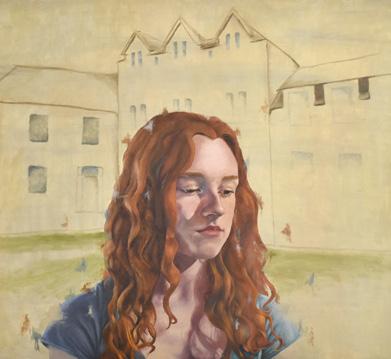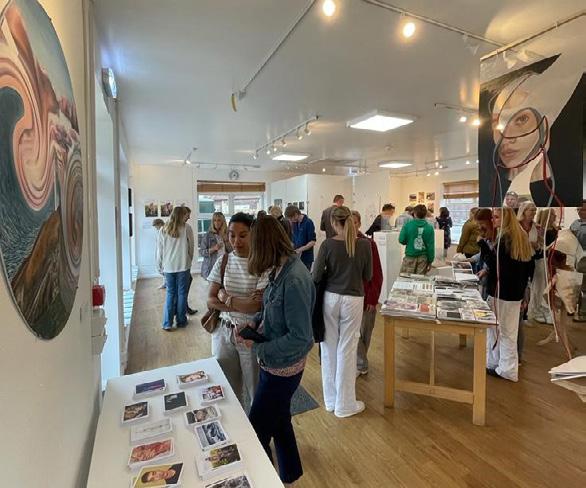
2 minute read
Art & Design
Creativity doesn’t always just happen in the timetable. Since September, the Art Department has been busy trying to give students the opportunity to express themselves and experience new skills in many ways, during lunchtimes, after school, and through whole-school competitions. For example, many pupils have wanted to join the Pottery Club on Wednesday, Drawing Club on Tuesday, or attend an architecture lecture during Tuesday lunchtimes. These are just a few of the opportunities pupils have had to either extend their understanding of art or just to have fun with friends. Many of us in lockdown relied on art to give us a moment of escape and tranquillity, often finding ways to express ourselves, or explore and record our experiences. The pupils in the Art Department have clearly enjoyed being back at school and are once again thriving together in a creative hub of production. The lower school classes have explored painting, drawing, printmaking, sculpture, photography, and using digital media. The Third Years were introduced to a more textiles-based sculpture project, which experimented visually with the challenges asylum seekers face whilst travelling to a safe place. This culminated in a wonderful trip to West Wittering beach to install the temporary art work. A number of different year groups were also able to extend their experience of art in a live context by visiting The Pallant Gallery, Newlands House Gallery, Chichester Cathedral, Petworth House, and the Petersfield Museum. At GCSE, students explored a number of diverse issues that society currently seems to be facing. Notably, these explorations include: Louisa Moor and her immersive paintings; Beth Thorpe’s outstanding painting on feeling constrained; Thea Swarbrick’s painting that questions how society perceives beauty; and Nieve Carson’s animation that explores how women don’t always feel safe. There are just too many examples to mention.
A highlight of the year was being able to host guests, once again, for the exceptional showcase of both GCSE and A-Level work.
The success of the Upper Sixth is shown within the depth of the students’ personal portfolios and the concepts that have been explored: moving sculptures of physical form by Mara James; paintings on deconstructed canvases by Souki Faulkner; and exceptional drawings by Sophie König, Katharine Leyshon, and Lucy Steiner, to name but a few. We now have successful university progression routes gained, studying fashion styling and promotion, architecture, fine art, contour fashion, and more. Tim Strange





















